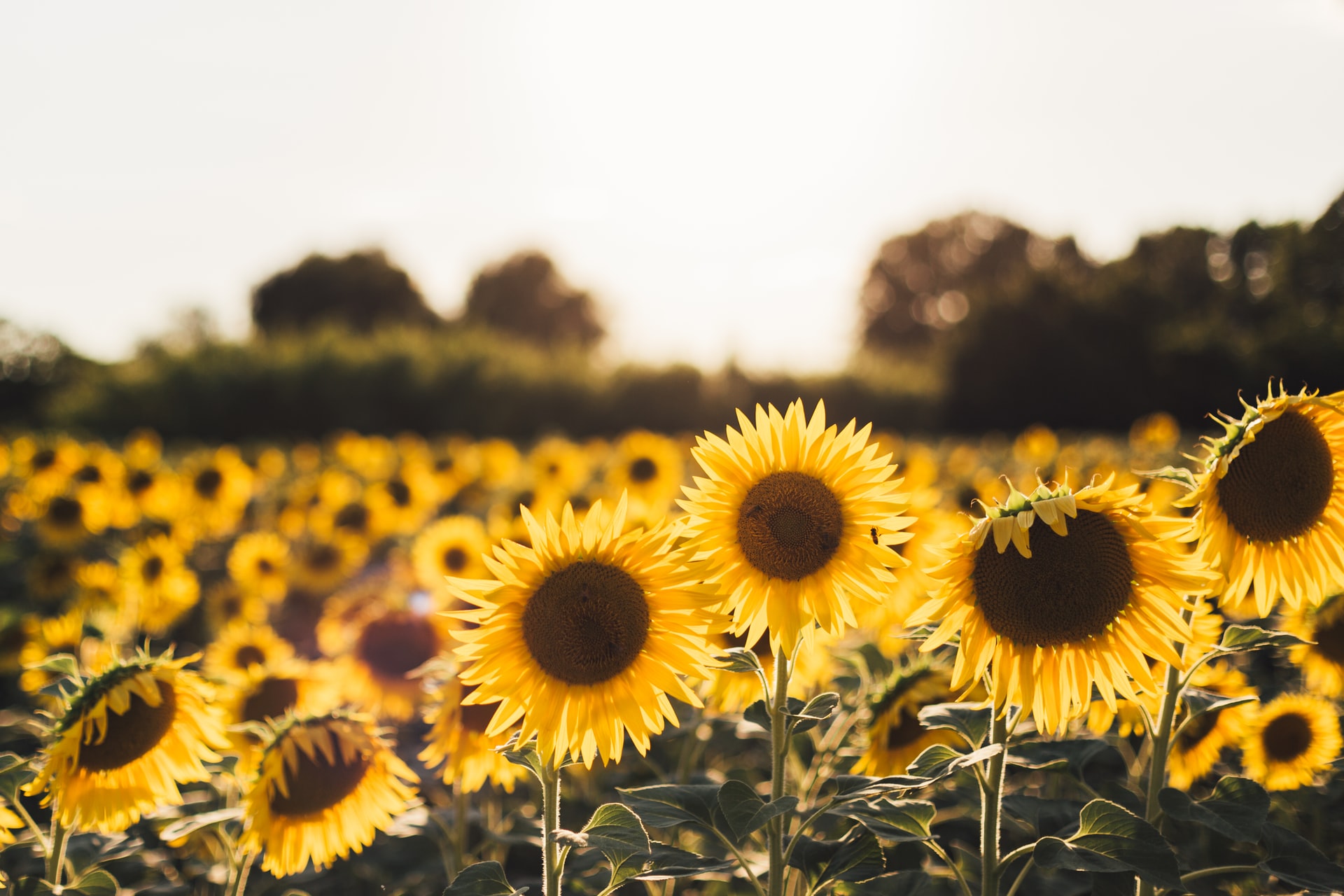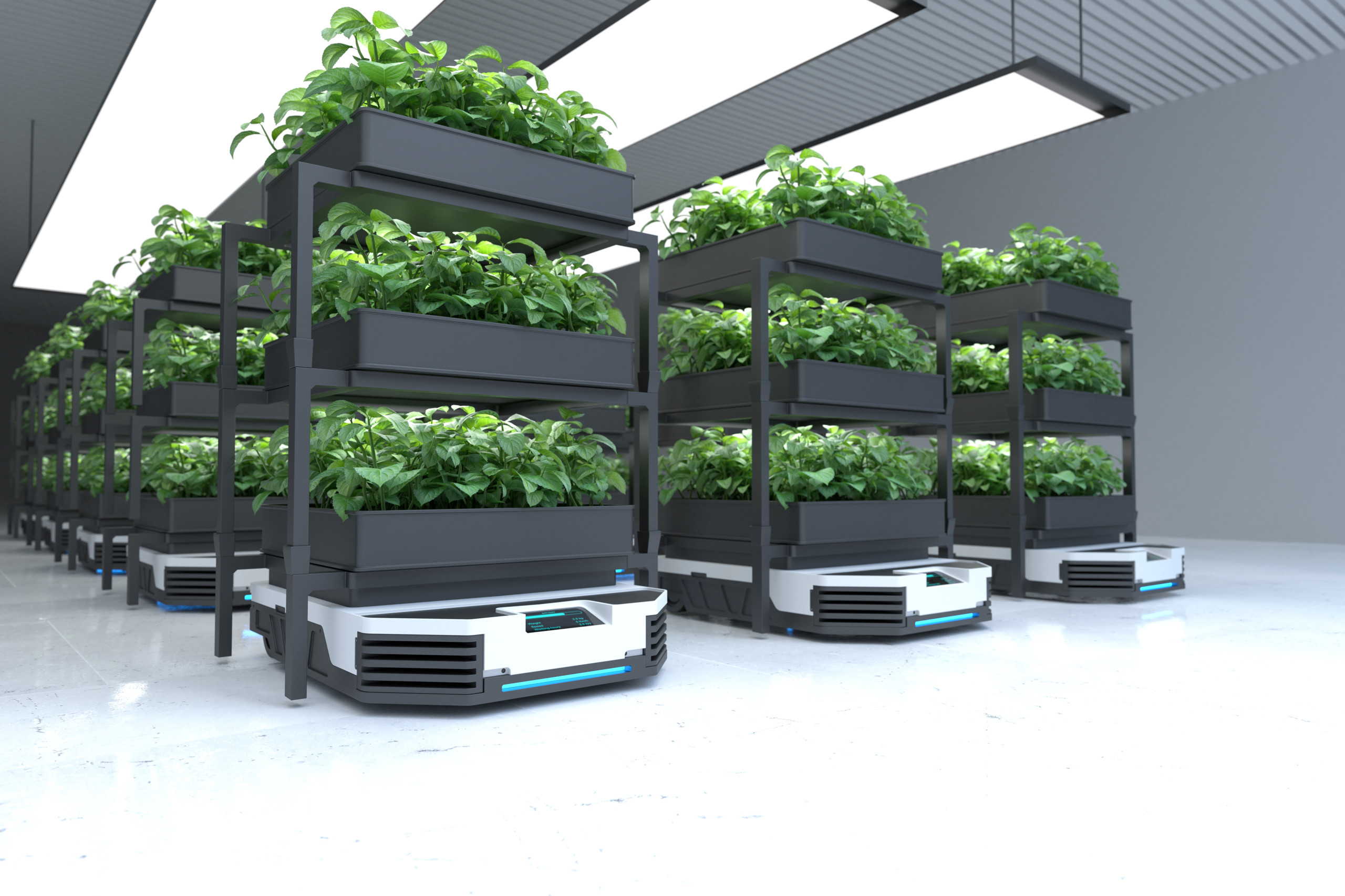Your cart is currently empty!

Walnut Farming and Cultivation in india For Profit
If you have ever purchased walnuts, Commonly known as Akhrot or Akroot in India, you would know what a valuable product it is. The prices range anywhere from 1500-2000 Rs per kilo. Though it’s not the most expensive food product you would ever buy, its surely expensive. Walnut or Akhrot is known to have the benefits some of the other common nuts like cashew and peanuts do not have. High in Omega 3 and one of the few nuts which is rich in nutrients and also medicinal value, the hot is one of the priced nuts available today.
Unfortunately, Akhrot is not widely cultivated. Various reasons play a major role in the lack of cultivation of Akhrot in India. The primary reason is that Akhrot or walnut is not easily grown in all parts of the world and surely not all parts of India either. Akhrot grows naturally in areas that are cold, and snow in winter. Himachal Pradesh, Arunachal Pradesh, and Jammu, Kashmir are a few places where Akhrot is cultivated. Though Akhrot is a priced crop, most farmers in these areas prefer other crops like apple to Walnut. The reasons range from
- Lack of suitable methods of propagation
- Inadequate vegetatively propagated plants
- Lack of standard Cultivars and Rootstock
- Long juvenile period
- Difficulty in harvesting
- Time required from planting to fruiting (8 years to 15 years)
The biggest reason why Walnut is not grown all over India is the climatic condition required for walnut. Apart from weather alone, the area should be between 900 to 3000 meters above sea level. The total area of walnut cultivation in India is approximately 30800 hectares. Mango is cultivated in 2309,000 Hectares. Pineapple is cultivated in 84000 Hectares. When in comparison, pineapple exceeds in cultivation by 3 times, and pineapple is not a very popular fruit crop in India. In comparison with manages, walnut is cultivated in far lesser areas.
The total production of walnut in the country is 70758 Metric tonnes. The total annual production of walnut in China is estimated to be around 1020000 metric tonnes. That’s 1.02 million metric tonnes. A distant target to achieve for India. United states produce 400,000 metric tonnes of walnut a year and stand second in production today. walnut production meets a small percentage of Indian consumption alone and is rarely exported.
Varieties
Walnut varieties are categorized by shell thickness. Walnuts shells are categorized as hard-shelled, medium-shelled, thin-shelled, and paper-shelled. The price of the walnut depends on the thickness of the shell, with thinner shells usually going for a higher price and the size apart from various other factors.
Common cultivars by region are as below
- Jammu: Dainovsky, Lake English, opex Caulchry
- Himachal: Wilson, Gobind, Placentia, Eureka, Franquetfa, Kashmir budded
- Uttranchal: Chakrata Selections
Climatic conditions For growing Walnut
- 900-3000 m above sea level
- Temperature to be below 38 Degree.
- Requires a spell of frost / Dormancy before flowering
- Annual rainfall of 800 mm
Soil condition for Walnut Cultivation
Walnut is not very choosy about soil conditions but the best soil should be Well-drained, Deep silt, Loam, or clay loam soil with a ph between 6 and 7.5. Boron and Zinc Supplements in the soil are an added benefit. The soil should be rich in humus and the addition of lime is often recommended. Waterlogging should be avoided. Root rot is a common issue in walnut and can be countered with grafted seedlings from root rot-resistant rootstock. Seedling plants, directly from seed, are usually prone to root rot problems and a range of diseases.
Planting of walnut
Land area for walnut cultivation should be cleared of all weeds and the soil should be loosened. Plowing the land is often practiced to clear the land from weeds and loosen it. Once the area is cleared, pits are dug at a distance of 12 X 12 Meters for seedlings and 10 by 10 for grafted plants. The pits are 1.5-meter cubes and filled with compost. Its recommended that the pits be left for a week after application of compost to ensure that any microbes and pests lose their effect. This also ensures that any partly decayed particles have the time to decompose and prevents root-related problems in the plants. A week later, the plants are set in place.
Like every plant, Irrigation is mandatory for walnut plantations for the first few years at least. Flood irrigation is practiced in India but is not a feasible option. Drip irrigation saves more than 70% water and is a good option to prevent excessive weed and prevention of disease in the plants during the early stage.
For the first few months, It’s essential to practice weeding. Depending on the weed infestation, the frequency varies from place to place. Mulching with plastic sheets is an option for the first 2 years after which mulching with dry grass and leaves is possible. Application of chemical weedicide is possible but should be applied with care. Excessive use of chemical weedicide is not recommended as it may impede the growth of the plant itself.
Intercropping
Walnuts do not produce fruits for 5-8 years in most scenarios and during this time, some intercropping is practiced. Intercropping in walnut is possible for the first few years till the foliage and vegetative growth in the Walnut trees are prominent. Once the root system of the walnut trees develops and grows long enough, it will prevent plants from growing in the area. Walnut roots develop a toxin called juglones which is toxic to other plants and will prevent plants from growing or shunting their growth. Common intercrops in the first few years include nightshade plants and legumes.
Training and pruning
Pruning is practiced from the first year. Pruning in spring is usually the practice. Pruning helps better shape the tree and branch out. Well-trained trees are easier to maintain and will produce more branches in the future, increasing yield. Pruning is practiced in early spring and care should be taken while pruning. Pruning pre-monsoon or during monsoon is to be avoided. Thinning in high-density plantations is recommended.
Pests and Diseases
Walnuts are prone to a range of diseases. Fungal diseases like anthracnose, root rot, canker, Leaf spot, and Seedling dieback are all common. Pesticide application is possible when plants are at their younger stage but a lot of these diseases can be avoided by selecting quality seedlings resistant to pests. Unfortunately, not many variants of seedlings are available commercially.
Harvest and Yield
An average tree would produce anywhere between 40-50 Kilos of Walnut a year from the 8th year. A full-grown tree will yield 120-150 Kg every year from the 15th year for another 35 years. Walnut trees are known to grow tall. 60 to 80 feet is normal for walnut trees. This makes walnut harvesting a bit risky. Unlike developed countries like the united states, India relies mainly on manual labor for harvesting walnuts.
Every year at least 120 cases of walnut harvest-related accidents are reported in Kashmir alone. The mortality rate is 24% and all harvesters are men.
Apart from the problems of harvesting these huge trees comes the storage and processing of Walnut kernels itself. Walnuts need to be stored in a dry area with no moisture or humidity. With increased humidity comes the risk of fungal infection in Walnuts. A toxin that is carcinogenic called aflatoxin develops in the walnut if storage is improper. Its not uncommon for whole batches of walnuts to be discarded if infected with fungal growth.
In General, Walnut farming and cultivation is a very profitable venture. But there are caveats to this valued crop.
- Alternate fruit-bearing years
- High risk and cost of Harvesting
- Limited areas suitable for the crop
- Climatic conditions
- Storage and processing of harvested walnuts
With new developments emerging every year, it’s now possible to grow walnuts in other areas too, and this is done in Haryana and other regions. Yield in an area of land is estimated to be 40 -50 Kilos in the fifth year. More on
Recent Categories
Recent Posts
Post Archive
Category Tags
There’s no content to show here yet.











